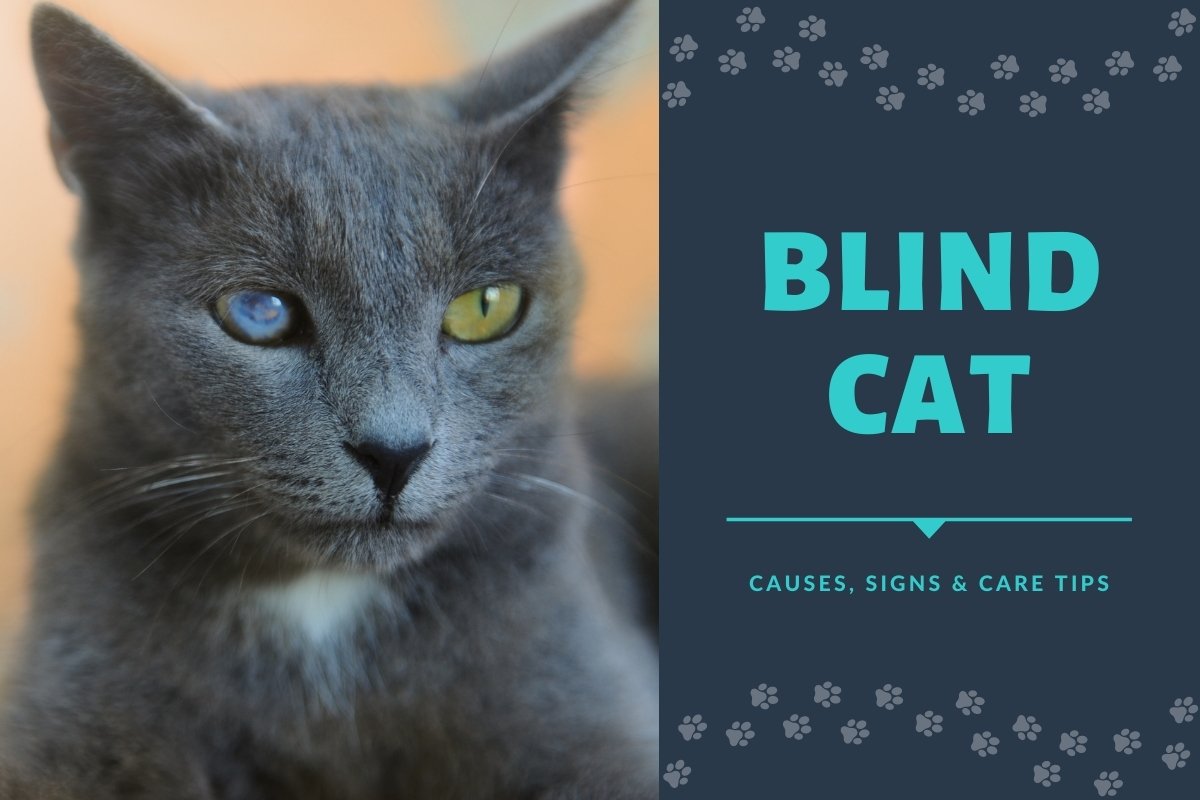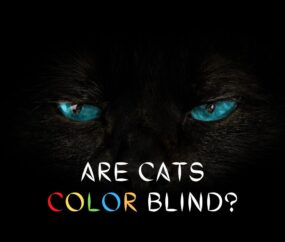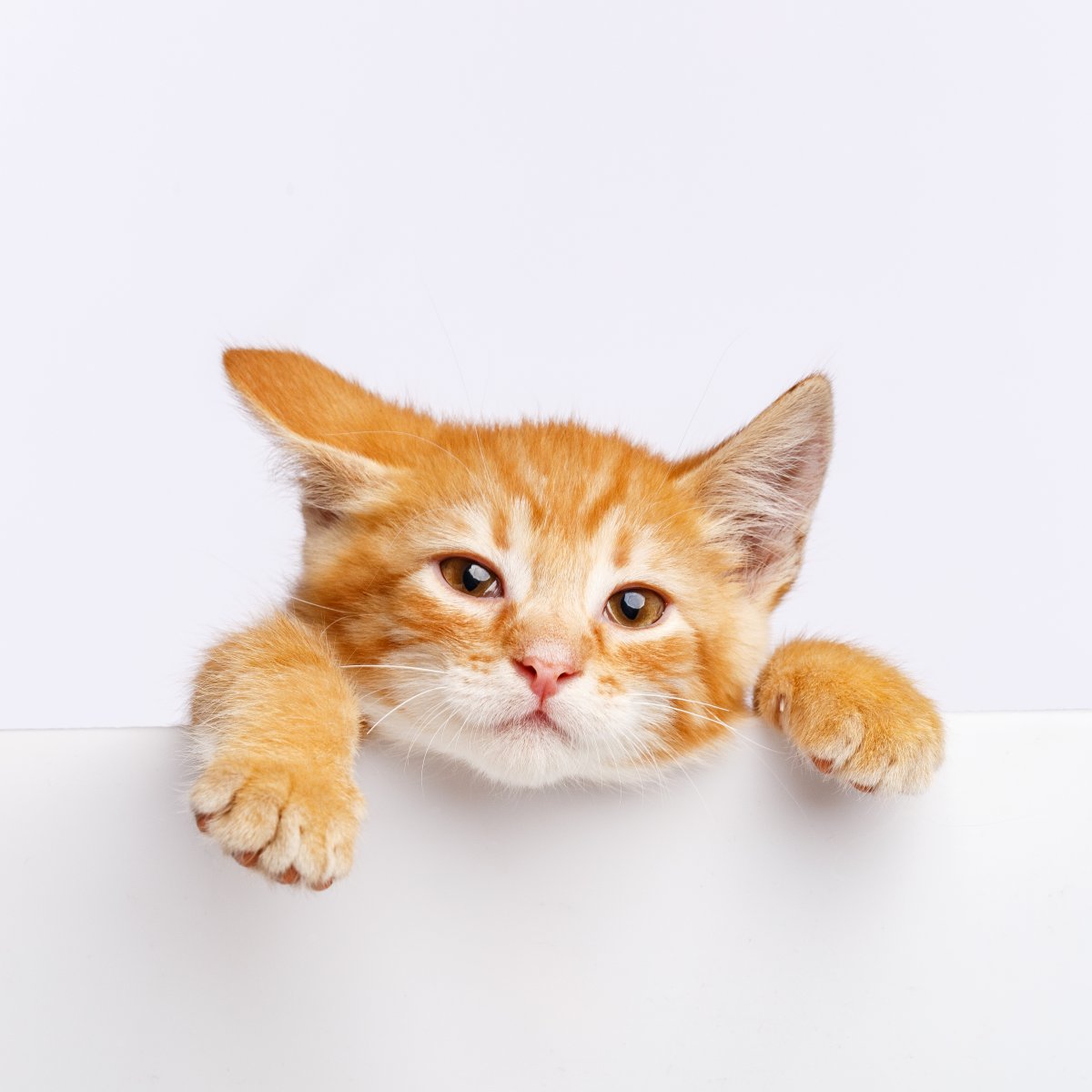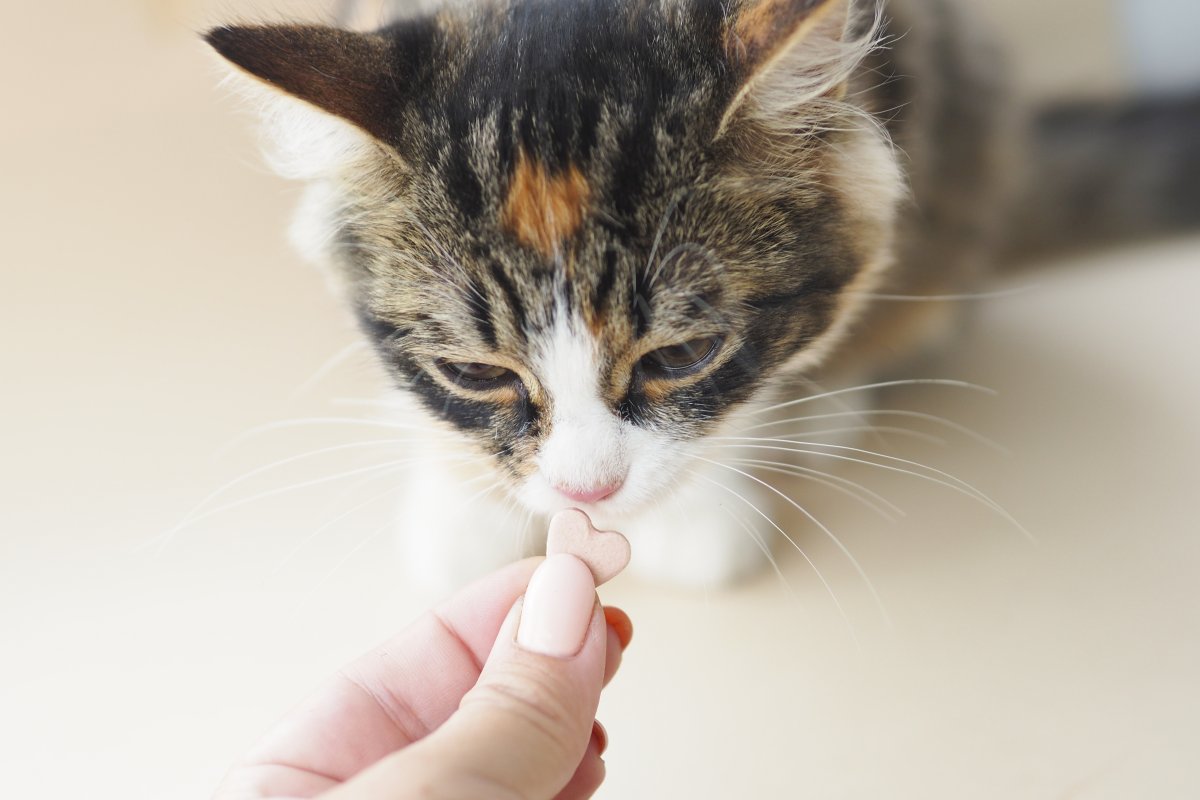Cats spend wonderful lives with their owners, whether they spend their time outdoors or prefer to snuggle on their owner’s lap indoors. Despite your love, attention, and care, as a cat parent, you cannot control some things, including the possibility of cat blindness.
It is devastating to see our pet cat suffering. If our furry friend suddenly seems confused or disoriented, something may be bothering her; it might be a blindness issue.
In this article, we will walk through the causes, signs, and care tips for a blind cat so that you can assure the comfortability of your feline friend!
Cat Blindness Causes
● Hypertension
Feline hypertension or high blood pressure is a common disease in older cats that causes blindness. Overweight cats are more likely to be afflicted. In most cats, feline hypertension leads to different diseases such as heart disease, kidney disease, hyperthyroidism, and diabetes.
Cat parents should look out for signs of hypertension, such as dilated pupils not responding normally to light and blood in the cat’s eye chamber. The disease can be treated by using medications to reduce a cat’s blood pressure.
● Cataracts
Cataracts occur when the clear lens of a cat’s eye becomes cloudy, interfering with the light reaching the retina. It occurs when a cat cannot absorb protein and other body chemicals. Aging is also another cause of cataracts.
Your vet can detect cataracts during a routine vet exam or observe behavioral changes in the cat, such as having difficulty finding items or going up and downstairs. In some cases, cataracts can be removed by a veterinary ophthalmologist during a surgical procedure. Cataracts are not painful, and cats with one affected eye can live a good life without treatment.
● Conjunctivitis
Conjunctivitis is a common eye disorder in cats that causes inflammation around one or both eyelids. It is highly contagious and caused by an upper respiratory disease. Conjunctivitis symptoms are red and swollen eyes, squinting, and mucus discharge. The disease may resolve independently, but it should be addressed by a vet and treated with medicinal drops.
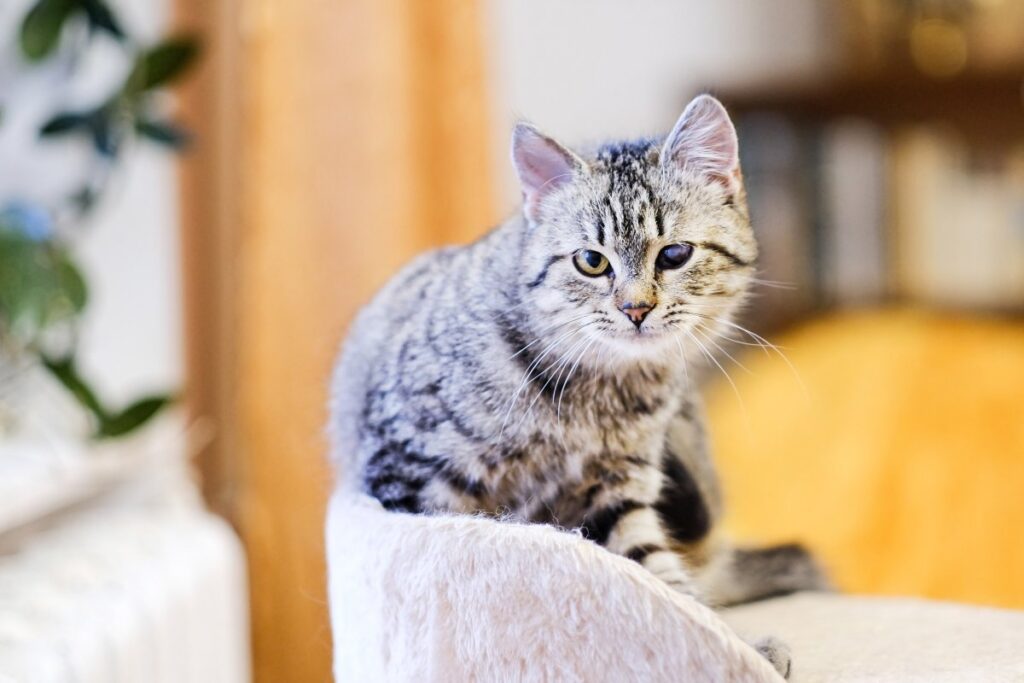
● Glaucoma
Cats with glaucoma have watery fluid in their eyes that doesn’t drain properly, leaving the pressure on the optic nerve. This pressure makes unclear vision and, if left untreated, can lead to complete blindness.
There are two types of glaucoma, primary and secondary glaucoma. Primary glaucoma is hereditary and rare, and cat breeds including Persian, Burmese, and Siamese are more prone to this type.
On the other hand, secondary glaucoma is common and occurs due to intraocular hemorrhage, anterior uveitis, and neoplasia. Your vet will recommend an appropriate treatment after determining the underlying cause of the cat’s glaucoma.
● Sudden Blindness
Recognizing your cat’s blindness is not the same as suddenly losing her vision. In cats, bleeding into the interior eyes, a severe knock to the head, or consuming enrofloxacin, an antibacterial medicine, can result in instant blindness.
Eye and vision problems may not be apparent right away. For example, an older cat with a chronic condition may develop a detached retina, resulting in bleeding in the back of the eye. Therefore, routine vet checkups are highly crucial.
How to Tell if a Cat Is Blind?
Certain eye conditions, like cataracts and glaucoma, might cause a change of appearance to the cat’s eye, making it look cloudy. This apparent change easily tells you that your cat has an eye problem. Aside from this, you can also observe any behavioral changes in your cat.
Sudden blindness is a lot easier to notice. But when a cat’s vision loss occurs slowly, it will be harder to detect because the cat can still adapt to her condition. Therefore, it is essential to know the signs of cat blindness and how cats try to adapt to the new condition.
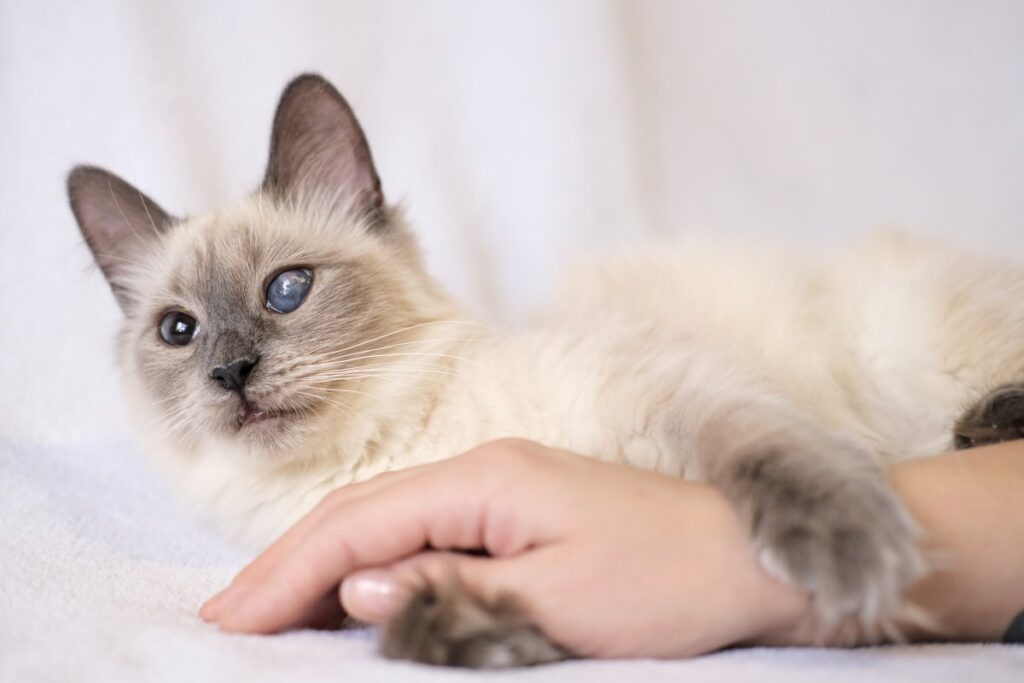
If your cat is losing her sight, she might become more hesitant to climb or jump since she is unsure where to land. Your cat may also stop following you around because she can’t actually see you walking.
Bumping into furniture could be another sign of cat blindness. Cats are exceptional in remembering the layout of their familiar surroundings. But if you recently moved a piece of furniture, a cat with an eye problem or blindness may bump into it.
Blind cats will easily get scared, especially when the blindness is still new to them. Suddenly realizing your presence nearby can startle them, and they might even react with aggression.
Is My Cat Blind?
If your cat shows one or more signs mentioned above, it would be best to consult your veterinarian right away. Your vet will diagnose after confirming the blindness in your cat, and this requires simple tests and examinations. Blindness in cats can be detected easily by examining the cat’s eyes with light and lenses.
Since hypertension is common in cats, determining blood pressure is crucial because it leads to other retinal diseases and blindness. It is easy to measure blood pressure in humans but very difficult in cats because of their small blood vessels.
Take your cat to the vet for routine blood tests to determine any underlying disease such as kidney or heart disease.
Your vet will do brain scans of your cat with the help of Computed Tomography (CT) and Magnetic Resonance Imaging (MRI) evaluation of any brain disorder such as a tumor is suspected.
Treatment and Prognosis
Blindness treatment in cats differs depending on the underlying issues, and it may involve the use of medicines such as tablets to lower blood pressure or reduce inflammation. In some situations, the underlying cause of blindness may be reversible.
However, even if the underlying problem is resolved, the impairment of the cat’s vision could remain permanent without any change or improvement.
Tips to Care for Your Blind Cat
- Keep the water and food bowl for your cat in the same place so she won’t face any difficulty in finding it.
- Make your house pet-proof. Eliminate harmful objects from the house, such as furniture with sharp edges. Tuck away the wires and keep your cat out of the reach of dangerous fireplaces to avoid any injury.
- Supervise your cat carefully if she spends her time outdoors. Watch out for things that may be harmful to your cat.
- Keep the room layout the same because cats may lose their eyesight, but they can manage to move their way around the same places of the home even with the blindness. The best thing you can do for your cat is to keep everything the same because your cat will remember her steps, where the food and litter box are kept.
Wrapping Up
The sooner you notice the symptoms of blindness in your cat, the earlier you will get her the treatment she needs. Blindness is not always preventable, but in some cases, early treatment can protect the cat’s vision or at least make her vision lasts a little longer.
So, always contact your veterinarian as soon as possible for the best results.

